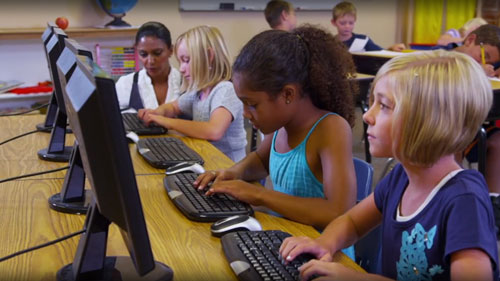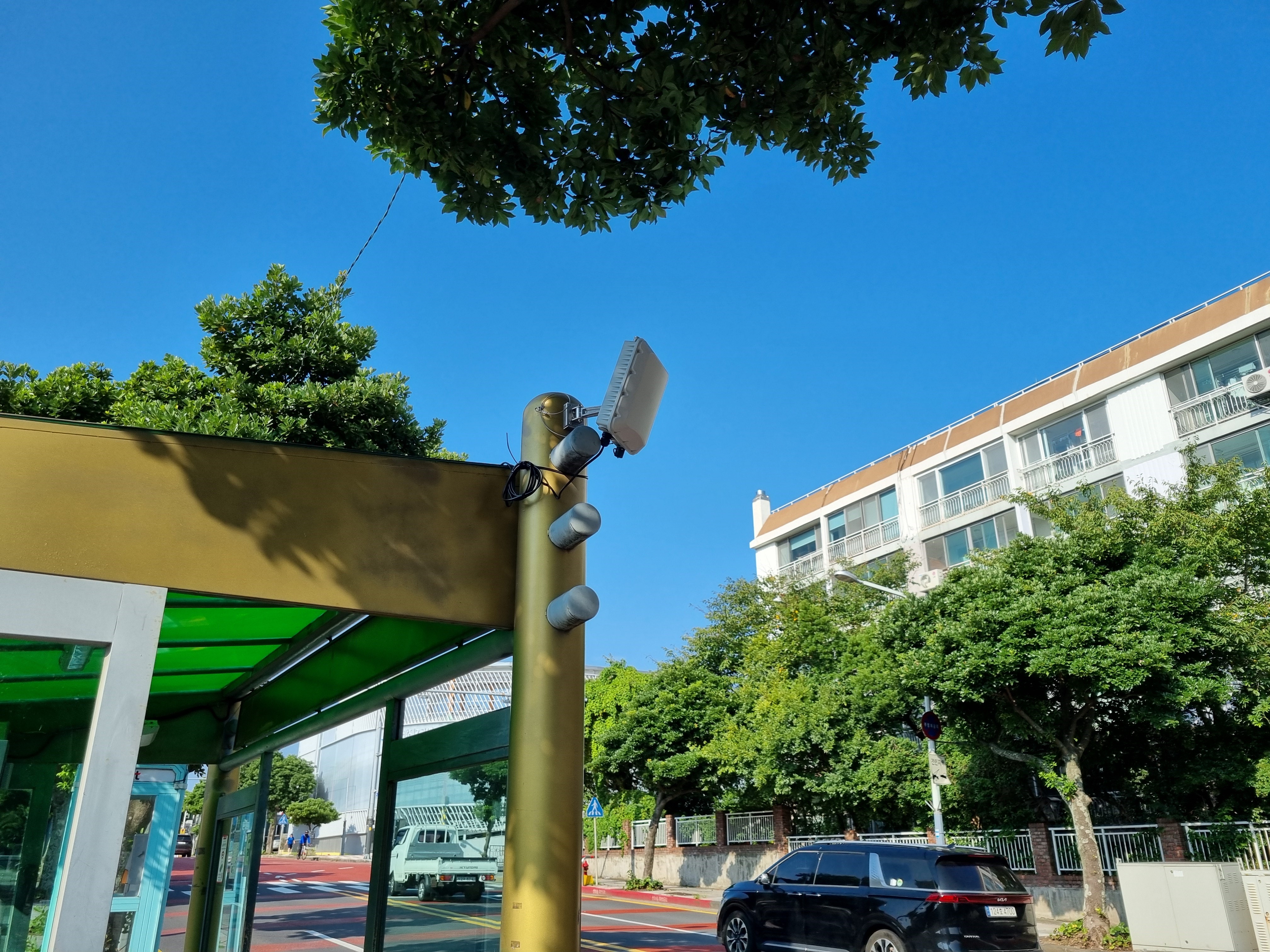The modern classroom doesn’t run on chalk and projectors anymore. It runs on bandwidth.
From the moment teachers upload their lessons to the instant students power up their Chromebooks, the network quietly carries learning and collaboration forward. As schools prepare for their next E-Rate refresh cycle in summer 2026, dependable Wi-Fi and switching have become as critical as electricity.
The network is the classroom
New devices and applications are transforming learning, and K-12 IT leaders are managing much more than access points and switches. Each classroom is now a connected ecosystem of:
- Smartboards, digital projectors, and AV systems
- Laptops, tablets, and personal devices
- Sensors, cameras, and building controls
- Athletic and esports technology that demands real-time performance
For education environments, reliable coverage, high-density performance, and low-latency streaming are table stakes. But every new device impacts performance, increases management complexity, and introduces another potential point of failure to the network infrastructure. When the network slows, teaching and learning grind to a halt.
STEM in motion
Today’s K-12 classrooms have evolved into rich, personalized, interactive learning experiences. During a recent visit to a customer’s science lab, I watched students coding sensors on Raspberry Pis to track the temperature and humidity of their terrariums. Their data streamed wirelessly to dashboards they could check from home. Around them, 3D printers built objects, and tablets displayed visualizations.
It was STEM in action, a clear example of how far classrooms have come since the AV cart days of the 1990s. For IT teams, it was also proof of how much depends on the performance and reliability of the network.
The IT reality
Although reliable high-performance Wi-Fi is essential in every classroom, district IT teams are often stretched thin. They spend time on ghost issues, repeat tickets, and site visits just to locate the source of a slowdown. Without the right visibility and insight, troubleshooting becomes guesswork.
With RUCKUS AI™, IT teams can move from reactive to proactive network management. Predictive analytics, real-time diagnostics, and automated troubleshooting provide clear, relevant insight into performance. That means fewer classroom interruptions, faster fixes, and more time to focus on strategy.
Esports and the campus network
Esports programs are no longer a novelty. They have become a powerful tool for engaging students with active, collaborative experiences. They are also a critical proving ground for school networks. Competitive gaming requires low latency, consistent throughput, and reliable quality of service. The same standards apply to more traditional learning applications like digital testing, streaming assemblies, and remote learning. That means a network that performs under the pressure of esports can handle most anything the modern campus demands.
Building for results
Every IT director shares the same goal: delivering an engaging, uninterrupted learning experience.
For teachers, that means fewer Wi-Fi complaints.
For students, it means consistent access to digital tools that support creativity and collaboration.
For IT, it means networks that help them anticipate, identify, and resolve problems before they reach the classroom.
RUCKUS Networks builds for this reality. Our Wi-Fi 7 access points and network switches deliver the performance needed for future applications. Dynamic PSK™ (pre-shared keys) provides secure, simple access for students. RUCKUS AI gives IT teams the visibility and automation they need to manage growing demand efficiently. Together, these solutions create the foundation for a smarter, more reliable learning environment.
Looking ahead
The students writing code for sensors in classrooms today will become tomorrow’s engineers and scientists. Their learning experience should never be limited by weak signals or lag.
As the 2026 E-Rate cycle approaches, schools have an opportunity to modernize their infrastructure and prepare for the next generation of learning. The right network connects more than devices. It connects people, ideas, and opportunities that move education forward.
RUCKUS One Trial
If your district is ready to strengthen classroom connectivity and keep learning moving without interruptions, explore how RUCKUS One can help. Start your free 30-day trial.












